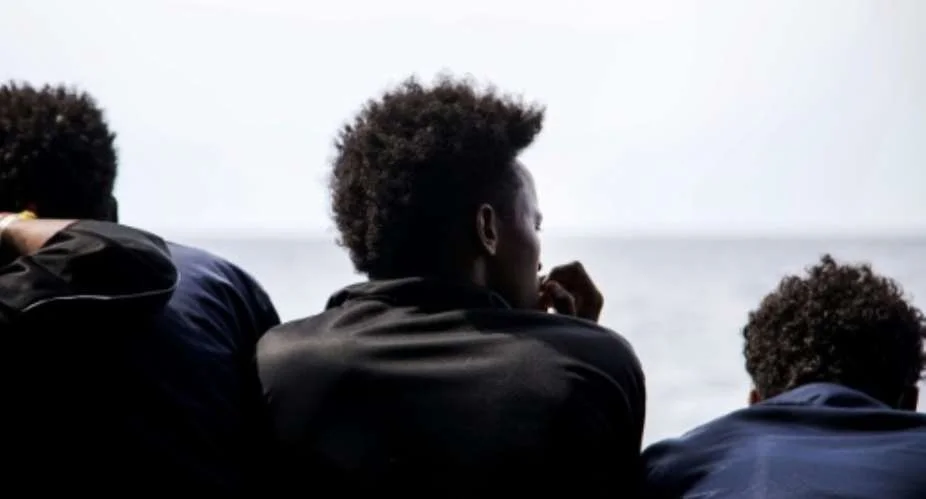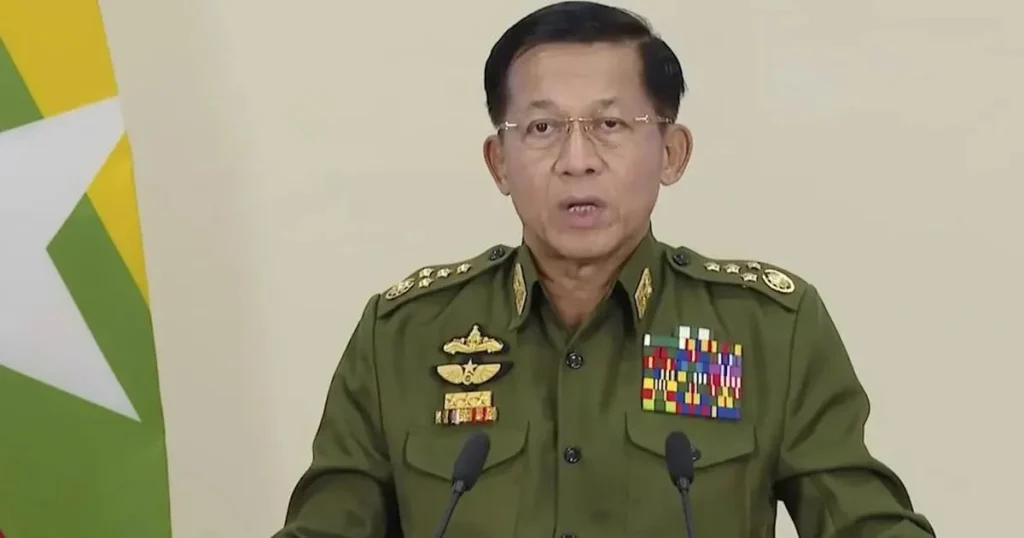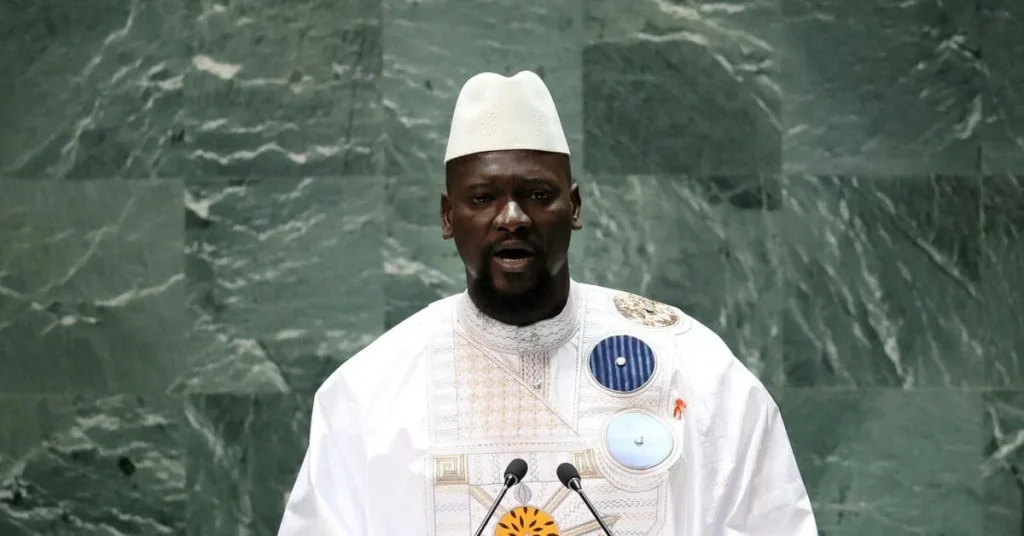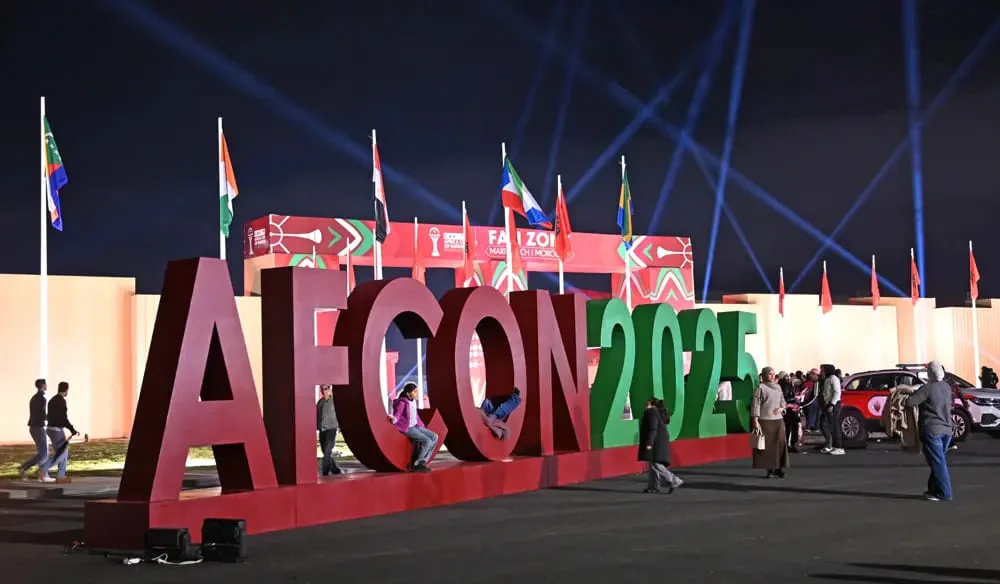Aber Hageria, a 16-year-old from Ethiopia’s war-torn Tigray region, survived a 16-month journey to escape the humanitarian crisis sparked by the 17-month war (2020–2022) between the Ethiopian government and the Tigray People’s Liberation Front (TPLF). “The war came on suddenly. I fled for my life. But once I left, I couldn’t come back,” Hageria told AFP aboard the Médecins Sans Frontières (MSF) rescue boat Geo Barents after his rescue from an overcrowded dinghy off Libya’s coast on April 23, 2022. Driven by a “double responsibility” to support his family and free them from conflict, Hageria aimed to work in Europe and send money home.
Escape Amid Crisis
The Tigray conflict, marked by a de facto blockade, left the region without electricity, water, or food access, per UN reports. “Tigray is completely isolated by the central government,” Hageria said, describing his escape with two friends and a phone across the Sudan border. His 16-month odyssey to Libya was fraught with danger, including beatings and bound wrists in Libya, which he called “a really dangerous country.” His family raised $9,000 for smugglers to secure his Mediterranean crossing, a route where over 1,553 people vanished in 2021, according to the International Organization for Migration (IOM).
Rescue and Resilience
Rescued among 101 migrants by MSF’s Geo Barents, Hageria was one of 748 unaccompanied minors saved since May 2021. “Children who make the journey alone are among the most vulnerable,” said MSF’s Julie Melichar, emphasizing their rights under the 1989 International Convention on the Rights of the Child. Aboard the boat, Hageria, whose tattoos honor his TPLF-fighting brothers and family, assisted with English translations and bandaged injured migrants, showing resilience despite trauma. He had not spoken to his family in a long time, reflecting his isolation.
Broader Context of Tigray’s Refugee Crisis
The Tigray war displaced 2.5 million people internally and pushed thousands, including Eritrean refugees, toward Sudan and beyond, with 600 Irob community members reported in Libya by 2024, per a UK government report. The Mediterranean’s central route remains the deadliest globally, with MSF rescuing 4,650 people in 2023 alone. Hageria’s story highlights the plight of unaccompanied minors, vulnerable to trafficking and violence, as noted by Refugees International. The Pretoria Agreement (November 2022) ended the war, but tensions persist, with fears of renewed conflict driving migration.
Ongoing Challenges and Implications
Hageria’s journey underscores the desperation fueling risky migrations and the need for child protection in Europe, as emphasized by MSF. The lack of safe, legal migration routes pushes refugees into smugglers’ networks, with Libya’s detention centers notorious for extortion and torture. “Closing safe and legal options pushes people further into smugglers’ networks,” MSF reported. As of August 2025, Ethiopia’s fragile peace and ongoing insecurity continue to drive youth like Hageria to risk their lives, while international efforts struggle to address the Sahel’s broader migration and conflict dynamics.






